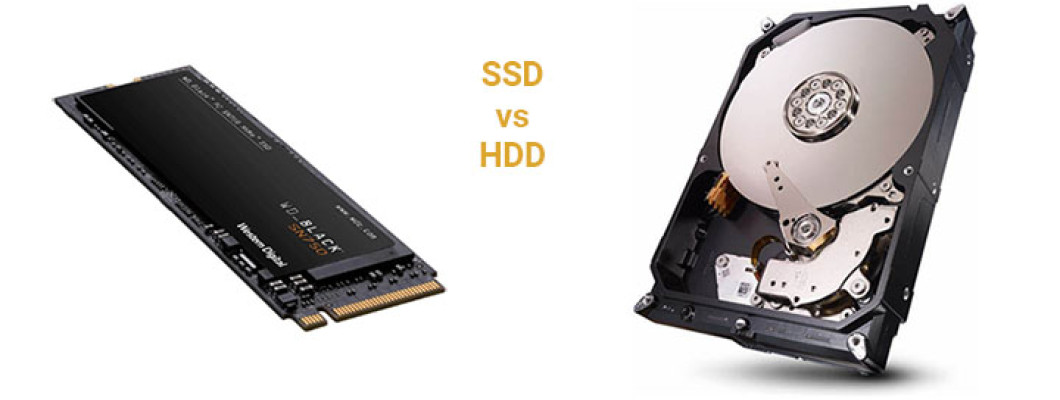
В мире компьютерных хранилищ доступны два основных варианта: жесткие диски (HDD) и твердотельные накопители (SSD). Хотя оба используются для одной и той же цели, они различаются по нескольким параметрам. В этом сообщении блога мы подробно рассмотрим различия между жесткими дисками и твердотельными накопителями, чтобы помочь вам принять обоснованное решение при выборе хранилища для вашего компьютера.
Что такое жесткий диск?
Жесткие диски — это традиционные устройства хранения данных, используемые в компьютерах. Они состоят из вращающихся пластин, головок чтения/записи и арматуры для перемещения головок по пластинам. Данные хранятся на магнитных пластинах, а головки чтения/записи получают доступ к данным, перемещаясь вперед и назад по пластинам. Жесткие диски десятилетиями были основным запоминающим устройством для компьютеров, и они все еще широко используются сегодня.
Что такое SSD?
Твердотельные накопители — это новый тип устройств хранения, в которых для хранения данных используется флэш-память на основе NAND. В них нет движущихся частей, а данные хранятся на микросхемах, а не на вращающихся дисках. Твердотельные накопители могут считывать и записывать данные намного быстрее, чем жесткие диски, что делает их идеальными для использования в высокопроизводительных компьютерах, таких как игровые автоматы и рабочие станции.
Различия в производительности
Одним из основных различий между жесткими дисками и твердотельными накопителями является их производительность. Жесткие диски медленнее, чем твердотельные накопители, когда дело доходит до доступа к данным. Вращающиеся пластины и движущиеся головки чтения/записи создают физическое ограничение скорости передачи данных. С другой стороны, твердотельные накопители не имеют движущихся частей, что позволяет им получать доступ к данным намного быстрее. Это преимущество в скорости приводит к более быстрому времени загрузки, более быстрому запуску приложений и более быстрой передаче файлов.
Вот несколько цифр, демонстрирующих разницу в производительности между твердотельными и жесткими дисками:
- Скорость чтения/записи: твердотельные накопители могут считывать данные со скоростью до 3500 МБ/с и записывать данные со скоростью до 3300 МБ/с. Жесткие диски, с другой стороны, обычно имеют скорость чтения/записи 100-200 МБ/с.
- Время загрузки: SSD может загрузить компьютер всего за 10-15 секунд, в то время как HDD может занять до минуты или больше.
- Время загрузки приложений: твердотельные накопители могут запускать приложения намного быстрее, чем жесткие диски. Например, Adobe Photoshop может запуститься за 3-4 секунды на SSD, а на HDD это может занять до минуты.
- Скорость передачи файлов: твердотельные накопители могут передавать файлы намного быстрее, чем жесткие диски. Например, передача файла размером 10 ГБ с SSD может занять всего 10 секунд, а с жесткого диска — более 2 минут.
В целом эти цифры показывают, что SSD значительно быстрее, чем HDD, когда речь идет о доступе и передаче данных.
Различия в долговечности
Еще одно ключевое различие между жесткими дисками и твердотельными накопителями заключается в их долговечности. Поскольку жесткие диски имеют движущиеся части, они более подвержены повреждениям от падений, ударов и других физических воздействий. С другой стороны, твердотельные накопители не имеют движущихся частей, что делает их более долговечными и лучше подходит для использования в портативных устройствах, таких как ноутбуки.
Различия в емкости
Жесткие диски традиционно предлагают более высокую емкость хранения, чем твердотельные накопители. Однако по мере развития технологий твердотельные накопители догоняют их по емкости. Хотя по-прежнему можно найти жесткие диски с терабайтной емкостью, теперь доступны твердотельные накопители емкостью в несколько терабайт.
Заключение
Таким образом, основные различия между жесткими дисками и твердотельными накопителями заключаются в их скорости, долговечности и емкости. Хотя жесткие диски медленнее и менее долговечны, они предлагают большую емкость по более низкой цене. Твердотельные накопители быстрее, надежнее и дороже, но они обеспечивают лучшую производительность для высокопроизводительных вычислительных задач. Выбирая хранилище для своего компьютера, учитывайте свои потребности и бюджет, чтобы принять обоснованное решение.


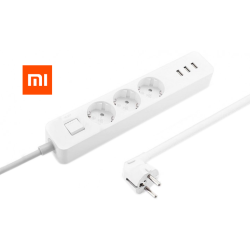

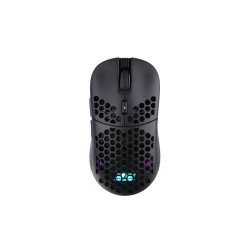
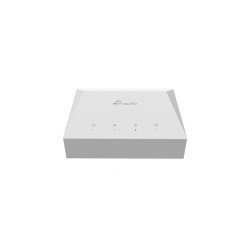

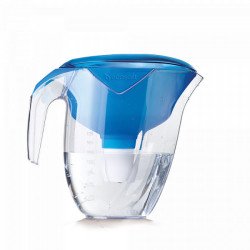
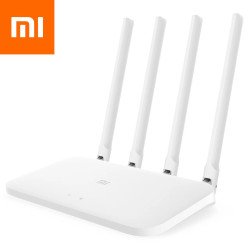
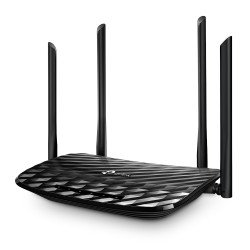


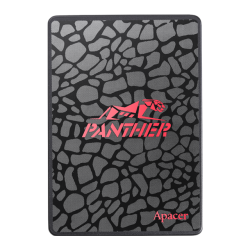
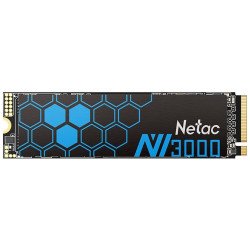
2 Комментарии
zor ekan
Tushunaman
Оставить комментарий